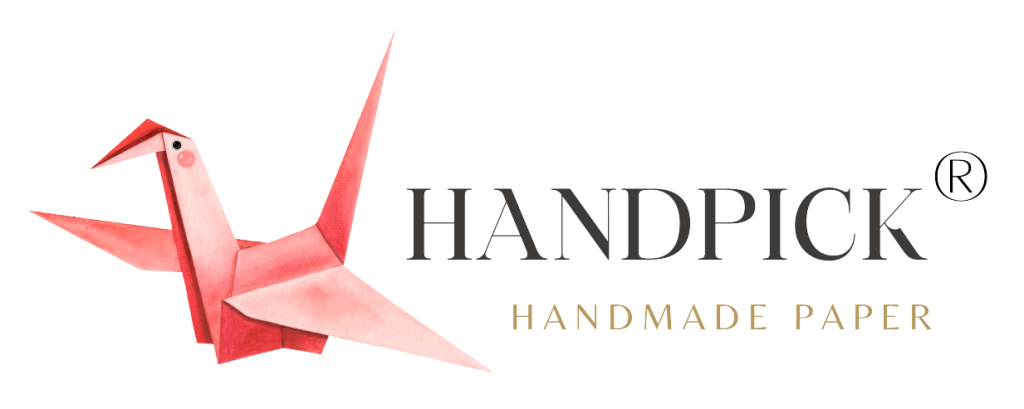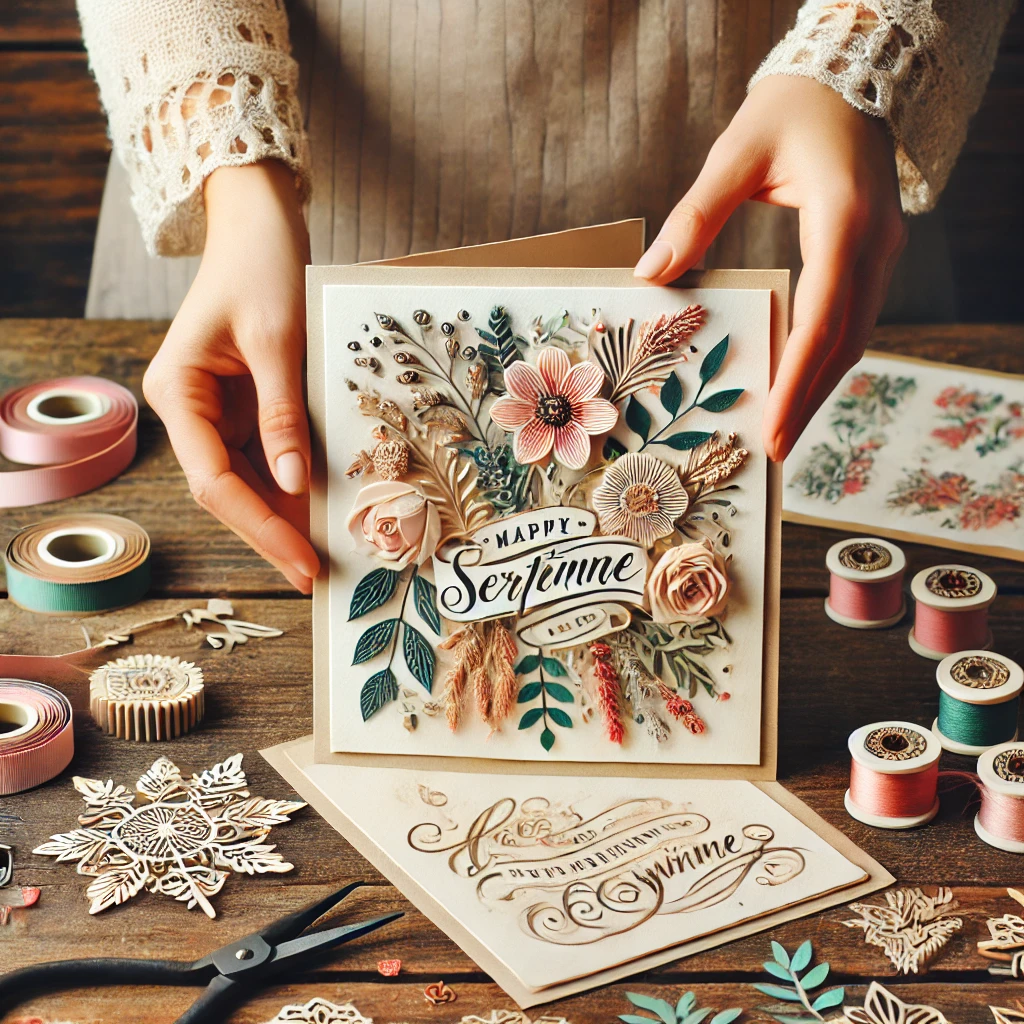News
Handmade Greeting Cards: A Personal Touch in the Digital Age
In a world where digital communication dominates, the resurgence of handmade greeting cards is refreshing. While e-cards and quick social media messages are convenient, they often lack the emotional connection that comes with a thoughtfully crafted card. Handmade greeting cards offer a unique way to express genuine sentiments, adding a personal touch that resonates deeply with recipients.
What sets these cards apart is the creativity and effort involved in making each one. From carefully selected materials like recycled paper or hand-dyed cardstock, to intricate designs featuring watercolors, calligraphy, and embellishments like dried flowers or beads, every element reflects the creator’s individual style. The beauty of handmade cards lies in their imperfections—each one is unique, making it far more meaningful than a standard store-bought or digital option.
Consumers are increasingly seeking personalized items for special occasions like birthdays, weddings, anniversaries, and holidays. The growing demand for handmade cards speaks to a broader trend of people wanting to slow down and add more authenticity to their communication. Sending a handcrafted card, especially in today’s fast-paced world, shows an added layer of thoughtfulness that many find lacking in digital interactions.
This revival of traditional card-making is also fueled by the desire to support small businesses and artisans. Many independent creators sell their handmade greeting cards online through platforms like Etsy, or directly through their own websites and social media. Buyers appreciate not only the artistic aspect but also the sustainable practices often used in crafting these cards, such as using eco-friendly materials and reducing waste.
As more people look for ways to connect on a deeper level, handmade greeting cards offer a perfect blend of nostalgia, creativity, and personalization. They serve as a reminder that sometimes, the simplest gestures—like a handwritten note—can have the greatest impact.

